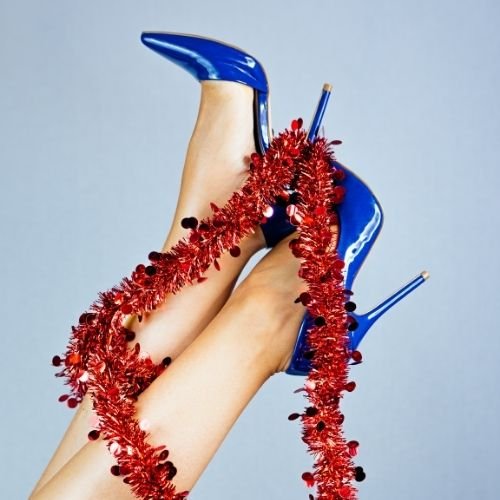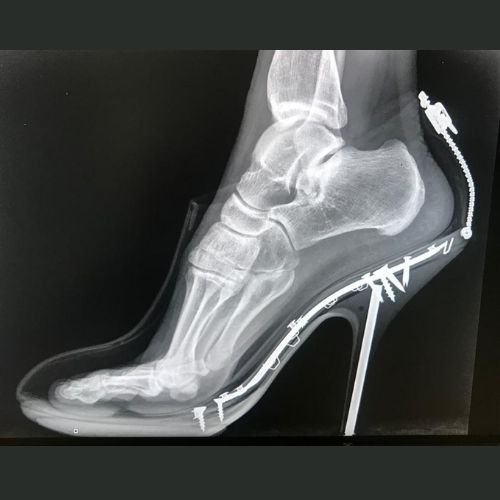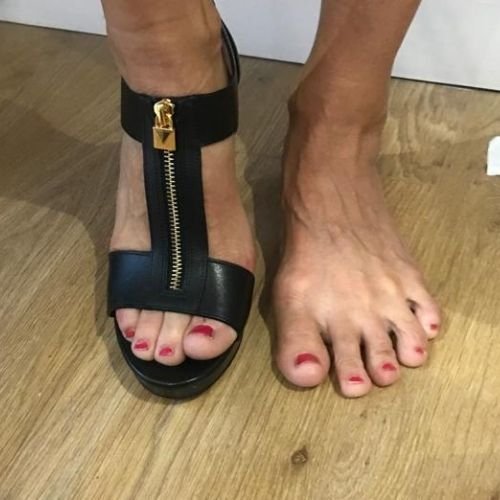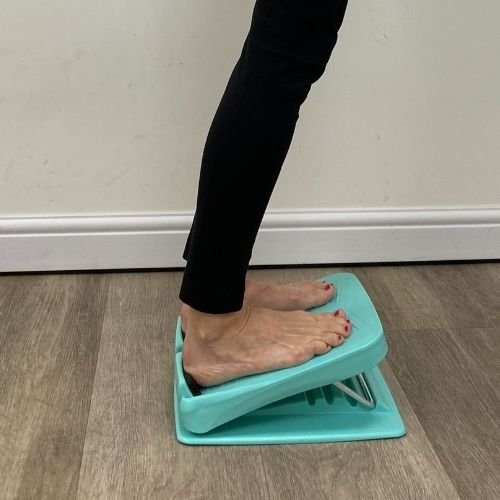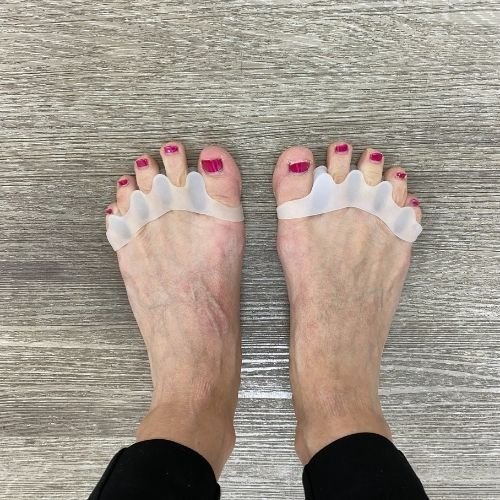Our top tips to avoid a foot injury when wearing heels
Finally, party season is upon us! For many that means dusting down the high heels that have been safely stored away at the back of the cupboard for the past 20 months. Wearing heels can make us taller, more confident, improve our posture and leg muscle definition and may even have a beneficial effect on pelvic floor muscles. But they also come with their own challenges.
Here, our foot & ankle specialist physios share their top tips on how you can make the transition back into heels as pain-free and injury free as possible. Although we don’t recommend wearing heels for any length of time as we prefer the foot to be in a comfortable shoe, if you are going to wear them, these tips will help.
As shoe heel height rises, so does the pressure on the front of your foot whilst standing and walking. If you already suffer from a forefoot condition such as Morton's neuroma, metatarsalgia (pain under the ball of your foot), or painful bunions, then choosing a slightly lower heel height will likely be more comfortable. Also, if you suffer from heel pain such as plantar fasciopathy or Achilles tendon problems, you may find a small heel offers you pain relief. This is because wearing heels can decrease pressure at the heel and reduce tension on the Achilles.
Very pointy high heels can also be troublesome for forefoot conditions as the front of the foot is compressed transversely (across the width). This can cause irritation to the small joints of the forefoot, the small nerves that run between the bones of the foot, and can irritate bunions due to the pressure of the shoe on the bunion. Wearing heels with a wider toe box will reduce this discomfort, or consider applying a blister pad or silicone sleeve over any sensitive areas on your toes.
Wearing heels can also challenge your balance. Not only is your base of support altered and reduced when in heels, but your ankle is also in a far less stable position than if your foot was flat on the ground; hence, your ankle is more vulnerable to injuries such as ankle sprains. If you have had a previous ankle sprain, consider wearing a lower and wider heeled shoe or even a pair of wedges which will offer you added height whilst positioning your ankle in a more stable position.
If you have a hammer toe or suffer from corns on the top of your toes, wearing high heels with narrow toe boxes can irritate the top of your shoes (as above). Pick a shoe with a higher toe box and protect the area from rubbing by wearing silicone toe sleeves.
The ankle straps of high heel shoes can rub around the Achilles tendon at the back of your ankle and cause irritation to the tendon - using a blister pad preventatively over any areas that may be vulnerable should keep those festive blisters at bay!
Here are some tips on conditioning your feet and ankles for your party season footwear:
Stretch your calves - wearing heels for prolonged periods of time may cause tightening of the calf muscles. Hold the calf stretches for up to 60 seconds and perform daily to prevent restriction in your ankle movement.
Calf stretcher to use under the sink when cleaning teeth (see below).
Work on improving ankle stability by practicing balancing on one leg at home in different heights of heels - this aims to train your ankle muscles to better control balance in more challenging ankle positions. Aim to keep your balance for 30-45 seconds at a time.
Practice wearing heels at home for short periods and build up a few weeks before your night out.
“We have found that a lot of people’s feet have spread during lockdown and it is proving a challenge to get feet back into a tighter shoe. Stretching the shoe with a shoe tree may help,” says Jane, one of our foot and ankle physios.
The next morning it might not just be your head being a little sore. If your feet are sore, massage the whole foot, epsom salt bath and practising a few of the following exercises, spreading toes, or lacing fingers between toes, massaging under the arch with a ball and working the foot intrinsic muscles.
Toe separators (shown below) are a great way of spreading toes after a night in shoes.
Calves may also be sore having stood on your toes all evening, so along with stretching the calves, massaging with hands or using a foam roller can also help. You can always book in for a sports massage at Physio Remedies to help iron out any niggles.
Make sure that your nails are trimmed – nothing hurts more in a tight shoe than an ingrown toenail being pressed in by a tight shoe.
Check the heels on your shoes – make sure that they are not badly worn or the nail in the heel is exposed which will make it less stable and slippery.
For advice on foot or ankle pain or any other issues, call us on 02030 12 12 22 to book an appointment with one of our foot & ankle specialist physios.

